The winners of the thirty-sixth Praemium Imperiale, considered the Oscar of art, were announced this morning by the Japan Art Association: Peter Doig (UK) wins the award for painting, Marina Abramović (Serbia) goes for sculpture, Eduardo Souto de Moura (Portugal) wins for architecture, András Schiff (UK, born in Hungary) wins the award for music, and Anne Teresa De Keersmaeker (Belgium) for theater/cinema. The artists are honored for their achievements, their influence on the art world internationally, and their contribution to the world community through their work. Each of them will receive an award of 15 million yen (about 91,000 euros), a diploma and a medal. The latter will be bestowed by the Honorary Patron of the Japan Art Association, Prince Hitachi, during the award ceremony to be held in Tokyo on October 22.
The Praemium Imperiale is the most important art award in existence and is awarded in five disciplines: painting, sculpture, architecture, music, and theater/cinema. It confers international recognition in the arts equal to that of the Nobel Prizes. The 2025 winners will join the 180 artists already honored with the prize, including Italians Claudio Abbado, Gae Aulenti, Luciano Berio, Cecco Bonanotte, Enrico Castellani, Federico Fellini, Sophia Loren, Umberto Mastroianni, Mario Merz, Riccardo Muti, Giulio Paolini, Giuseppe Penone, Renzo Piano, Michelangelo Pistoletto, Maurizio Pollini, Arnaldo Pomodoro and Giuliano Vangi.
Like every year, the Praemium Imperiale 2025 Young Artists Fellowship was also awarded, which goes to the National Youth Theatre of Great Britain. The announcement and awarding of the Fellowship took place on July 15 in London at a press conference chaired by Lord Patten of Barnes, British Advisor to the Praemium Imperiale. The National Youth Theatre received a diploma and a grant of 5 million yen (about 30,000 euros). The Fellowship was established in 1997 to support and encourage young artists, in line with the objectives of the Japan Art Association’s activities. Promising young artists or organizations that actively contribute to the development of new talent are eligible. Artists must be professionals or in training. On a rotating basis, each International Councilor, in consultation with its committee, selects the recipient of the Fellowship and notifies the Japan Art Association, which approves it. The award is conferred at the same time as the announcement of the Praemium Imperiale in the country of the Councilor to whom the recommendation is made.
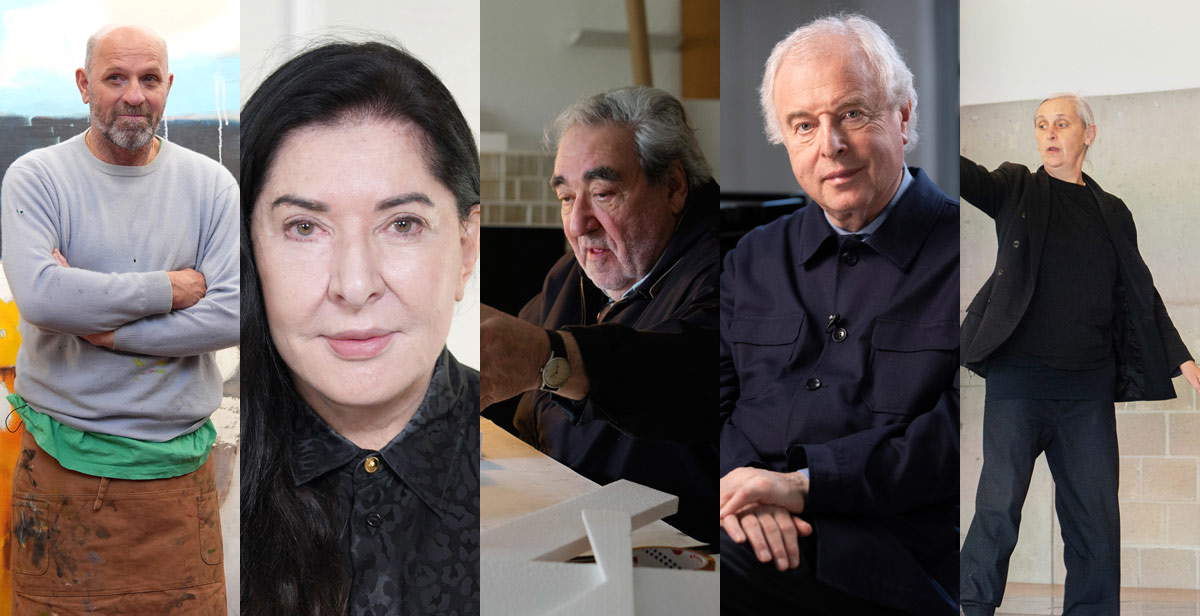
For painting: Peter Doig. Born in Edinburgh, Scotland, UK, on April 17, 1959. Widely recognized as an important exponent of the “New Figurative Painting” movement, Peter Doig over the course of a career spanning more than 30 years has redefined the expressive potential of painting. Personal memories and images from photographs, postcards and films give rise to paintings with vivid emotional resonance containing landscapes and figures, characterized by rich colors and typical brushstrokes. His work often blends the real and the surreal in ways that are as disturbing as they are poetic, revisiting images that build a sense of a hidden narrative in which mystery and dreamlike elements coexist. Doig spent his early childhood on the Caribbean island of Trinidad and his youth in snowy Canada: two entirely different environments that left a lasting impression on his visual sensibility. “These experiences have had an enormous impact on my painting,” he relates. Each of his works takes a long time to come to light, often developing over years. “I feel that my paintings are deeply connected to my life. They are like a journey, an expression of the life I have lived,” she reflects. Today he divides his time between London and Trinidad and continues to be celebrated as one of the world’s greatest living painters. His works are held in major public and private collections around the planet.
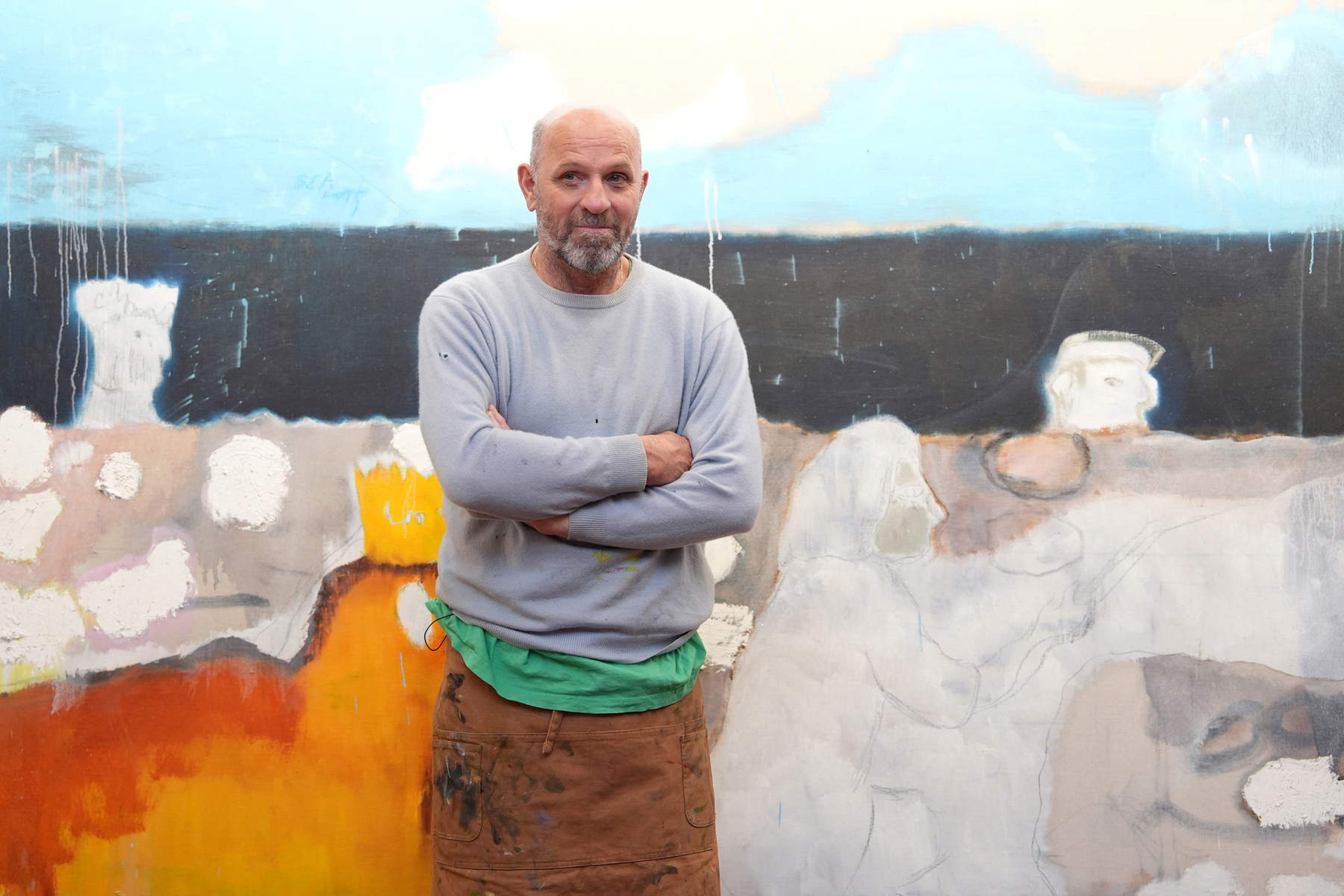
For sculpture: Marina Abramović. Born in Belgrade (former Yugoslavia) on November 30, 1946. A pioneering figure in performance art, Marina Abramović uses her own body as an expressive medium often involving the audience, seen as part of the artwork. Pushing the limits of body and mind, she has systematically challenged the boundaries of art in search of its essence. Born in the former Yugoslavia, she rose to international prominence with Rhythm 0 (1974), a performance during which she handed herself over with her body to the audience-an act so extreme that at one point a loaded gun was put to her temple. Although she has repeatedly faced life-threatening situations, her courageous exploration of self-expression has captivated audiences around the world. In 2010, at the Museum of Modern Art (MoMA) in New York, she presented The Artist Is Present, a silent performance in which she sat in front of visitors for more than 700 hours. The event broke attendance records at MoMA. A firm believer in teaching, in 2012 she founded the Marina Abramović Institute (MAI), dedicated to sustained performance over time and interdisciplinary collaboration. While living in New York, she continues to travel to offer an emotional and passionate approach, with which she challenges not only herself but also her collaborators: the audience.
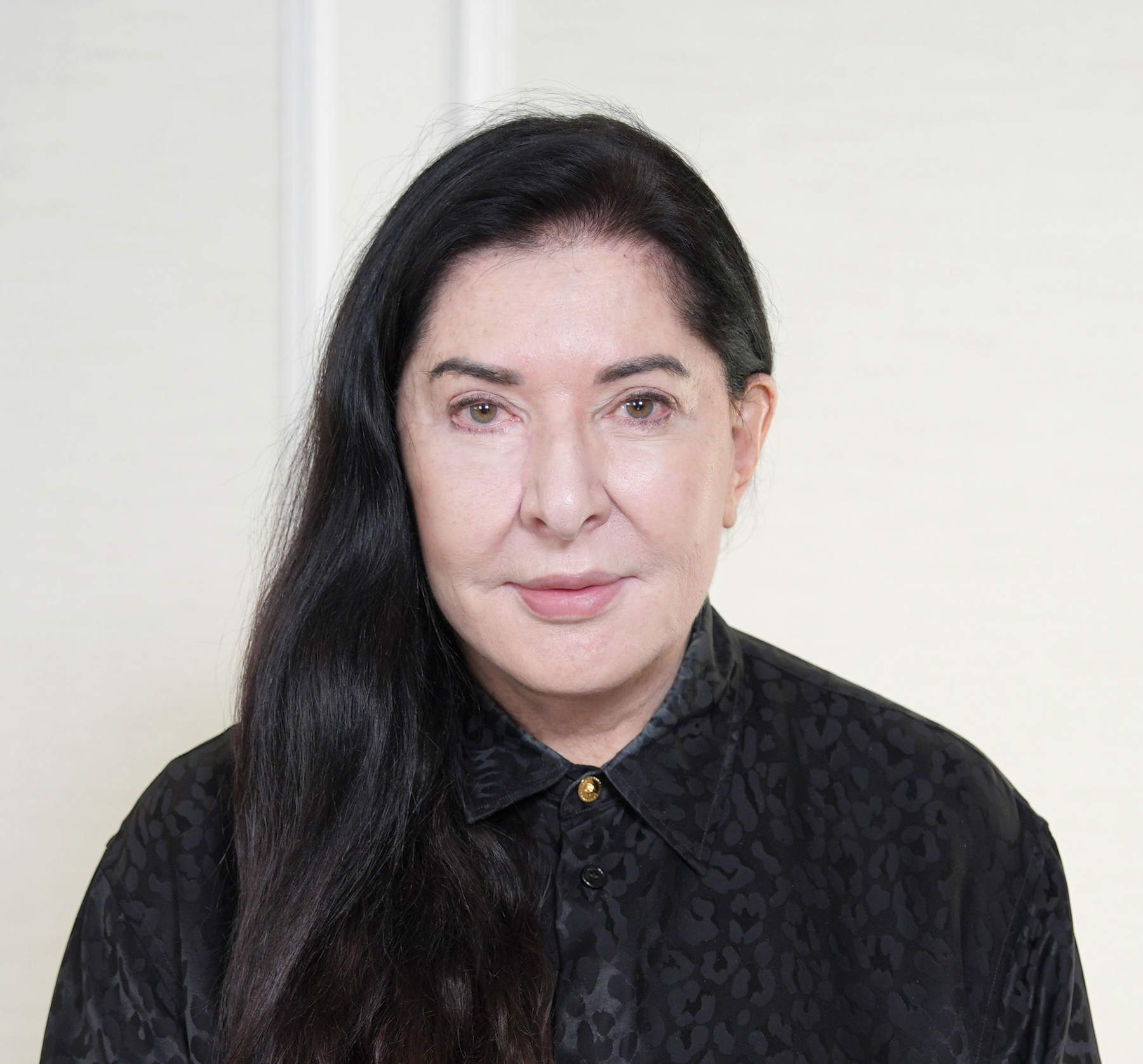
For architecture: Eduardo Souto de Moura. Born in Porto, Portugal, on July 25, 1952. Eduardo Souto de Moura is an influential figure in Portuguese architecture. A disciple of Álvaro Siza (awarded the Praemium Imperiale in 1998), he founded his own architectural firm in 1980. He is known for his belief that “there is no universal architecture; everything is rooted in its own place,” and systematically creates works that resonate with their time and context. He carefully selects materials, paying attention to local culture and traditions. His major projects include the Pousada Mosteiro de Amares (1997), a state-run hotel made out of a former monastery; the Estádio Municipal de Braga (2003), a municipal stadium; and the Paula Rego Museum (2009). He received the Pritzker Prize in 2011 and the Golden Lion at the Venice Biennale in 2018. In 2024 he was awarded the title of Commander of the Order of Arts and Letters by France. In addition, he teaches in several faculties of Architecture around the world, making his knowledge available to new generations. He is convinced that the most pressing need for architecture today is to solve current problems and stresses the importance of ecological awareness, as well as the intelligence and culture needed to address it.
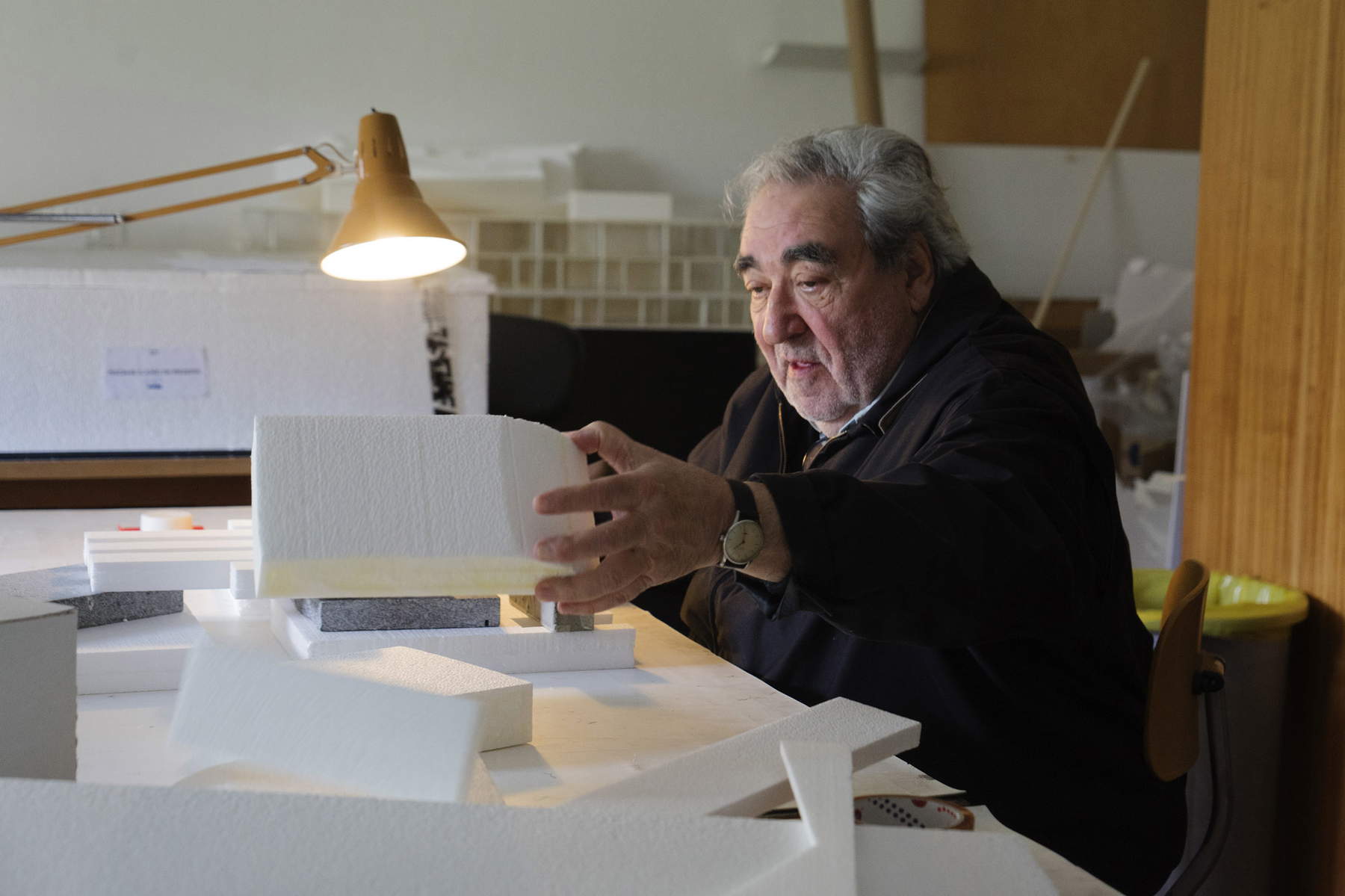
For music: András Schiff. Born in Budapest on December 21, 1953. Sir András Schiff is unanimously considered one of the most influential pianists of our time and is celebrated for his interpretations of composers ranging from Bach to Bartók. He began playing the piano at the age of five and studied at the Franz Liszt Academy in Budapest, later continuing his training in London with renowned harpsichordist George Malcolm. Recognizing that “the life of a pianist is often a lonely life,” Schiff founded his own chamber orchestra, the Andrea Barca Chapel, in 1999. He is also a conductor, being convinced that conducting serves to “broaden one’s perspective,” and is active as a musician far beyond the traditional role of a pianist. Eager to share music and mentor the next generation of musicians, Schiff often addresses the audience during his concerts, believing that “being a musician” is “not a profession, but a privilege.” In 2014 he was knighted by Queen Elizabeth II for his services to music. His writings, including Music Comes Out of Silence, offer valuable insights into his musical philosophy. He is married to Japanese violinist Yūko Shiokawa.
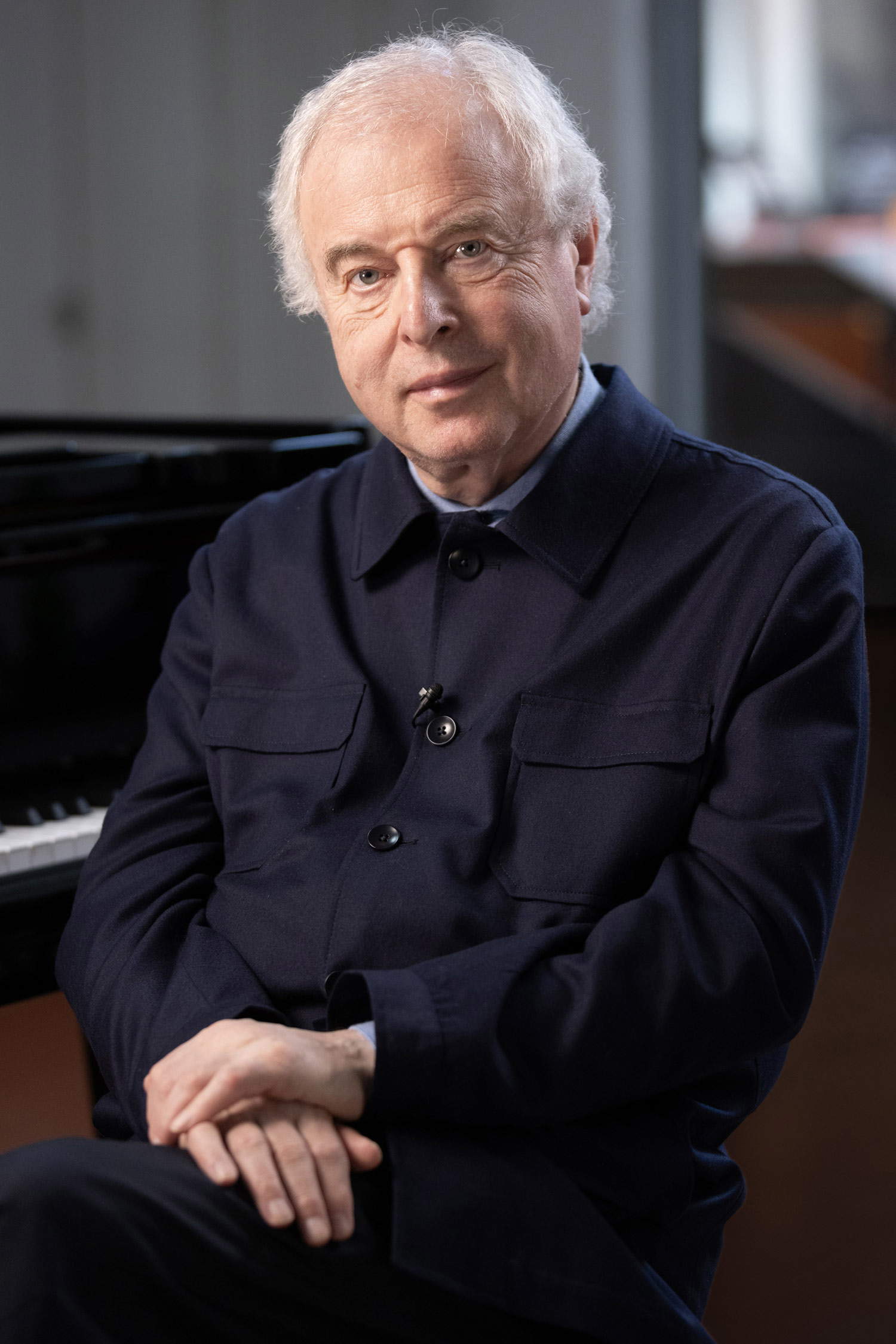
For Theater/Cinema: Anne Teresa De Keersmaeker. Born in Malines, Belgium, on June 11, 1960. Anne Teresa De Keersmaeker is a Belgian choreographer and dancer. Ever since she founded her dance company Rosas in 1983, she has been a driving force on the global contemporary dance scene. She studied dance at Mudra, the performing arts school founded by Maurice Béjart (awarded the Praemium Imperiale in 1993), and at New York University’s Tisch School of the Arts. After returning to Belgium, she achieved great recognition with Fase (1982), to music by Steve Reich (awarded the Praemium Imperiale in 2006). She is known for her exploration of the structural relationship between music and movement and has engaged in dialogue with a wide range of musical styles from a variety of periods, from minimalist to classical and blues. Her choreography often begins with simple movements, such as walking, which she transforms into abstract movements to create a fusion of physicality and intellect. Among his major works are Rain (2001) and EXIT ABOVE (2023). In 2025 he collaborated with emerging dancer and choreographer Solal Mariotte in BREL, a duet inspired by the music and figure of Jacques Brel. She has an established connection with Japan and in 2004 directed Toshio Hosokawa’s opera Hanjo. In addition to her artistic activity, she is engaged in the field of training, having founded P.A.R.T.S. (Performing Arts Research and Training Studios), a performing arts school in Brussels, to support the next generation of artists. Over the past decade, her work has also measured itself against the visual arts in museum settings such as the Louvre, Tate Modern, and MoMA.
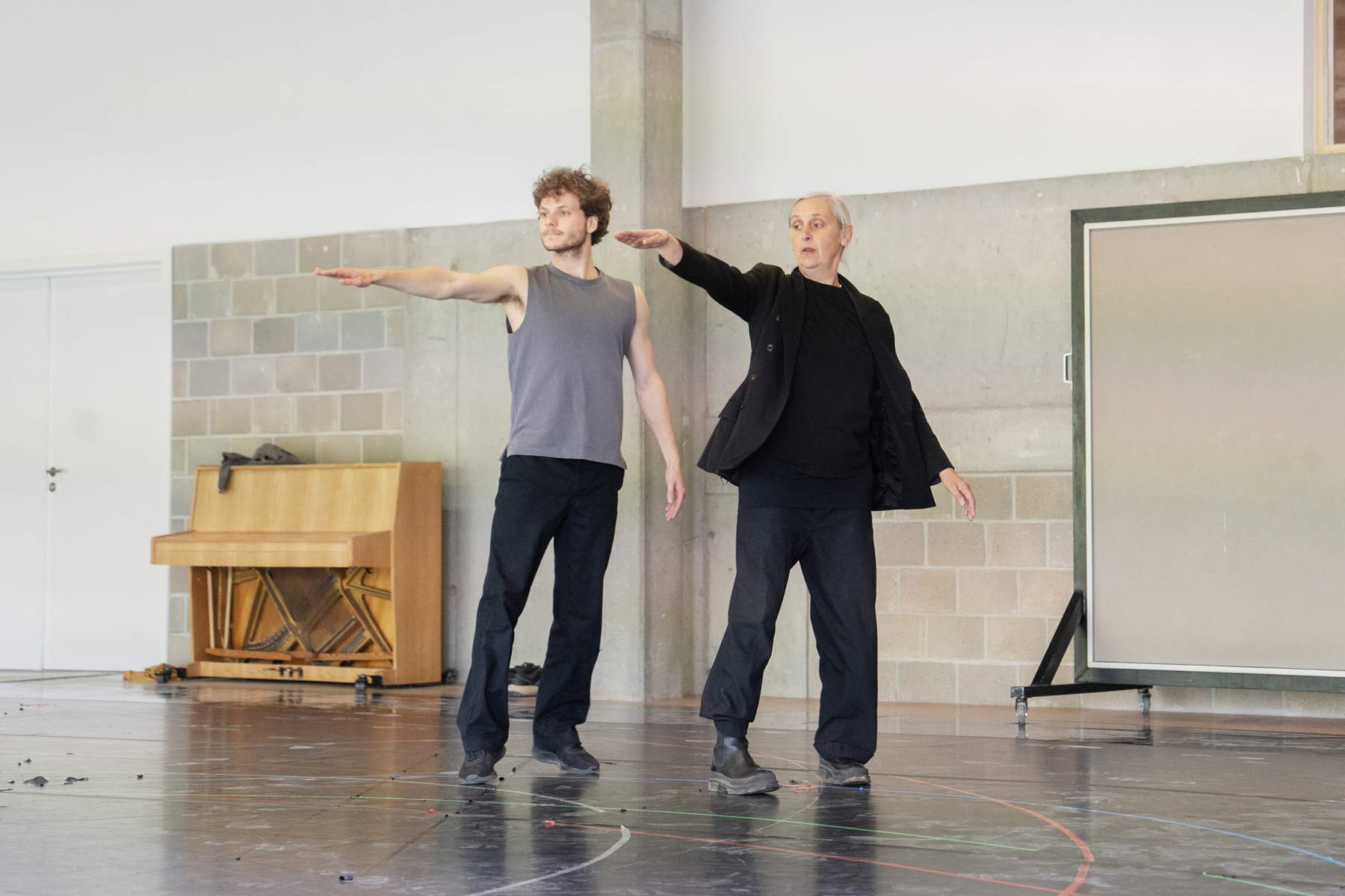
 |
| Marina Abramović wins the Praemium Imperiale, the Oscar of art. Peter Doig also honored |
Warning: the translation into English of the original Italian article was created using automatic tools. We undertake to review all articles, but we do not guarantee the total absence of inaccuracies in the translation due to the program. You can find the original by clicking on the ITA button. If you find any mistake,please contact us.